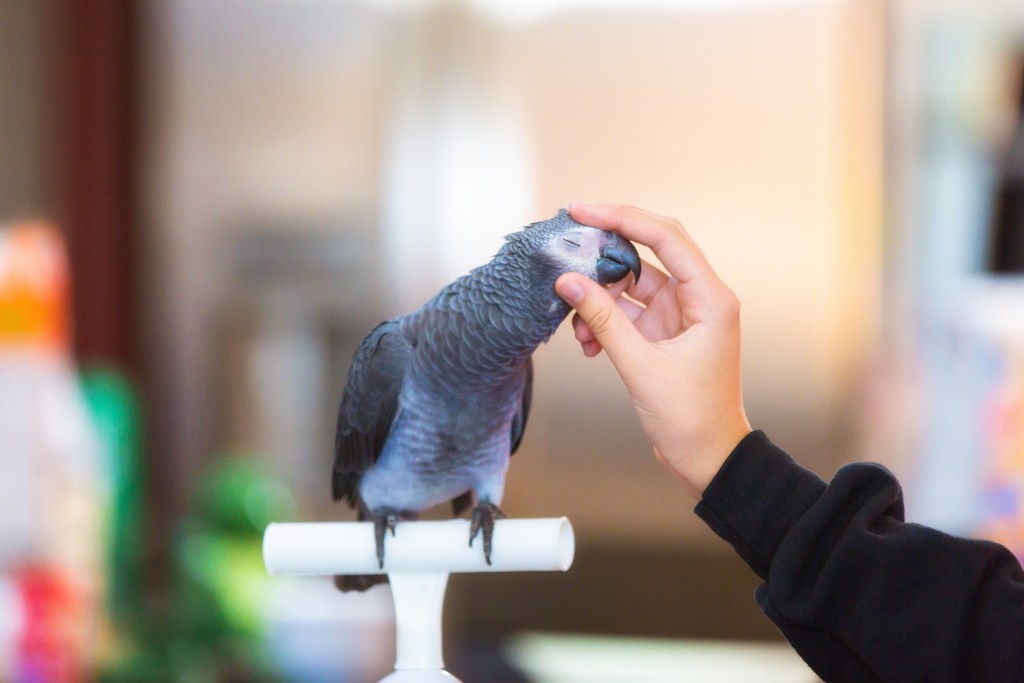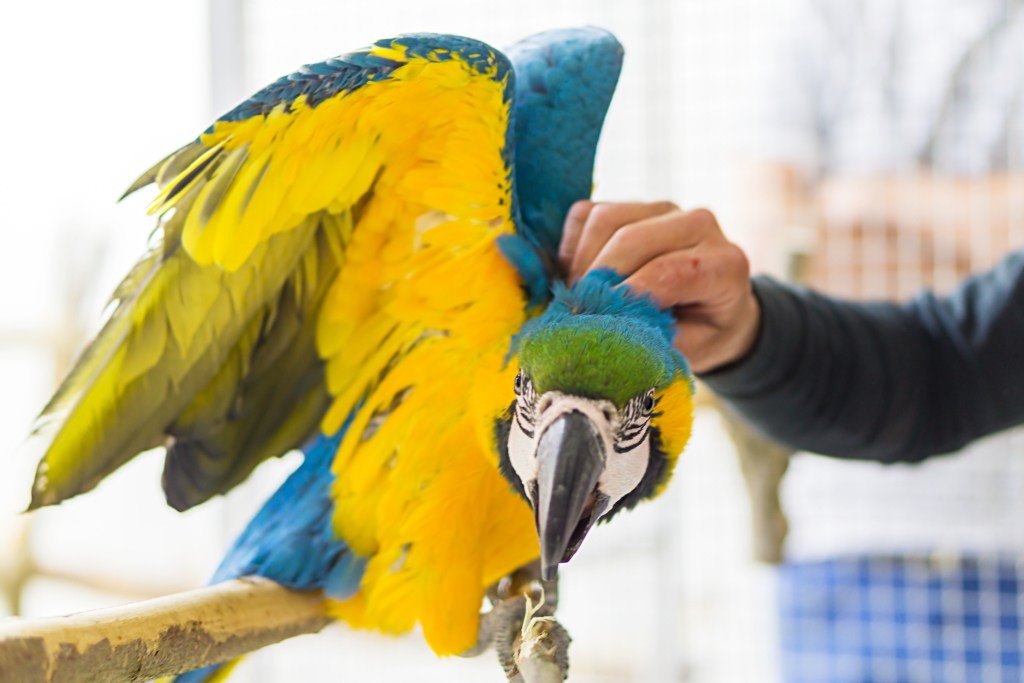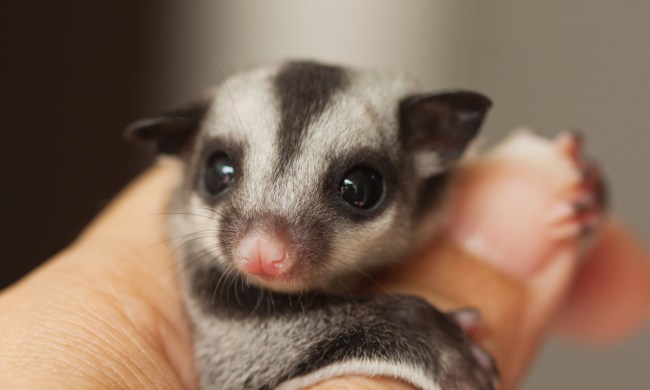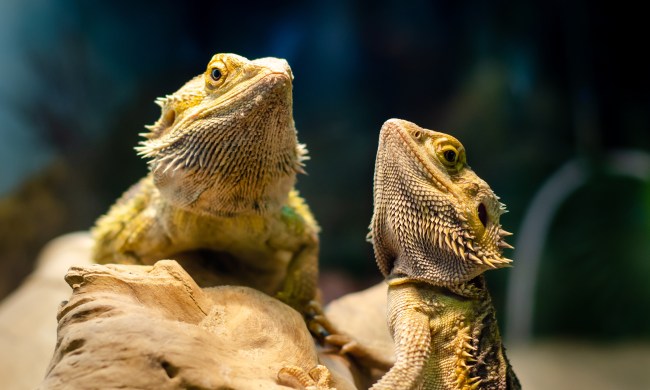One of the best parts of owning an animal is petting them. But do animals like it when we stroke their fur or feathers? It depends on the pet. While some are best left alone (chameleons, for example) others live for the pats (such as labradors). Birds mostly fall somewhere in the middle, though they can thoroughly enjoy cuddles if doled out properly. Knowing your bird will take some practice, but here are a few guiding principles to help you in the process of bonding with your friend and learning how to pet birds.

Do birds like to be petted?
It really makes a difference if you get a hand-raised bird who will naturally gravitate toward humans, as wild birds or birds from more hands-off previous owners might not trust humans immediately. Regardless, many pet birds will take to petting straight away with no coaxing at all. If that’s your feathered friend, you’re in luck. Still, try not to worry if it takes time and effort. Some birds may take a while to warm up to you, and that’s OK. Start slowly with a few touches and work your way up to snuggles.
How do you get a bird to trust you?
When you first bring home an animal, you have to work on building a relationship with your pet. Begin by spending time near him while he feels safe in his cage. Speak to your avian and hang out near him so he gets used to your presence, including the sights, sounds, and smells. Then take it up a level by hand-feeding him a favorite treat. Finally, try to touch the bird. You want him to see your hand clearly, so hold it up to his beak for first contact. Mix traditional physical touch like petting with other forms of play like fetch, or let him ride around on your shoulder. Eventually, you’ll build up to real trust.
Where can I not pet a bird?
There are a few places you should avoid on your bird where they won’t want to be touched. Many owners will caution you against petting your bird’s wings and tail since you don’t want to encourage mating hormones in your animal. There can be exceptions to this but start with the head, neck, and feet.

How to pet birds
No matter what type of bird you have, stick with these tips for how to pet him to keep both of you happy.
Stroke gently
This is especially important when you first start, but you always want to be gentle and careful with pets and instruct others to do so as well. Remember, a parakeet weighs just over an ounce, so you need to approach with this size difference in mind.
Don’t ruffle the feathers the wrong way
It’s actually OK for you to rub your hand upwards or against the grain. For example, you can stroke birdie’s neck on his throat, toward the beak, and he’ll probably like it. But the key here is that you should never push back his feathers, which could damage or break them. Make sure you don’t pluck or turn his plumage, either. He needs all those feathers to fly.
Avoid the eyes
While we do suggest petting around the beak, neck, and head, you don’t want to get near his eyes. In addition to coming close to his vulnerable spots, you’ll also startle him much more easily when you get too close to this part of his face.
Let your bird fly or walk away
Especially when you first embark on your bonding mission, you want to give your friend an exit. Don’t pet him to calm him down, or when he’s hungry or in any other bad mood because that can make him associate touching with those negative feelings. You want petting to be connected with positive emotions. Along those lines, let him stop the training and petting session at any time, and allow him to back away if he doesn’t want any pats at the moment.
Don’t rush it
It seems like petting should come completely naturally, but many birds will take a while to warm up to you and your family. The ultimate takeaway: start slow and with the least obtrusive handling possible, then move to full-on nuzzling. Spend time with your animal every day to maintain that connection.



